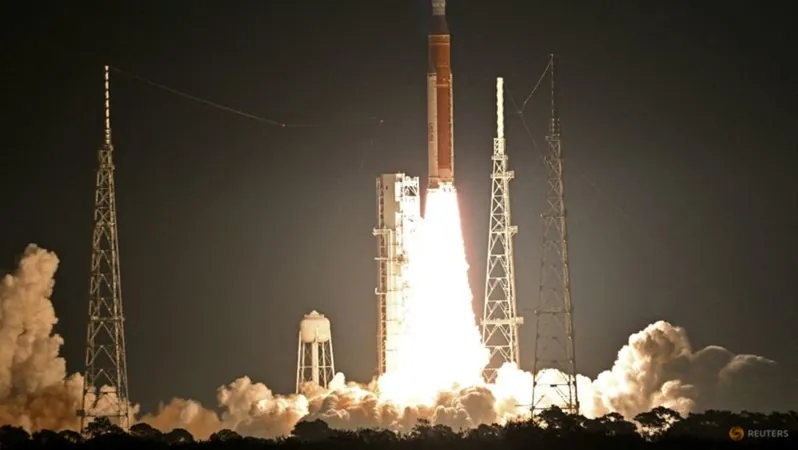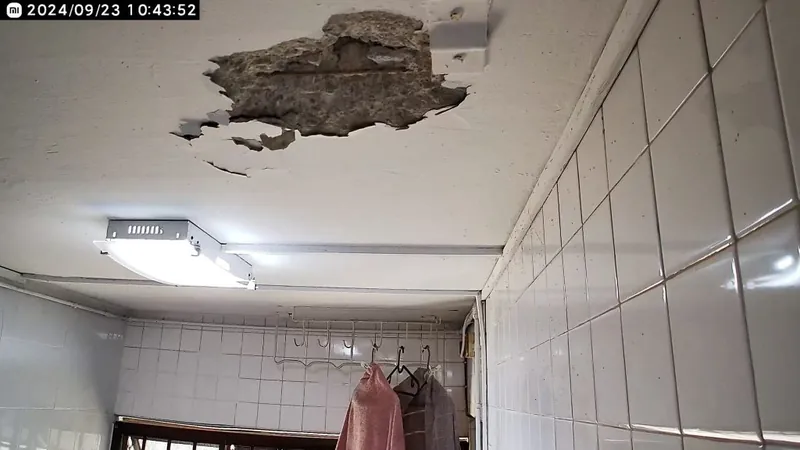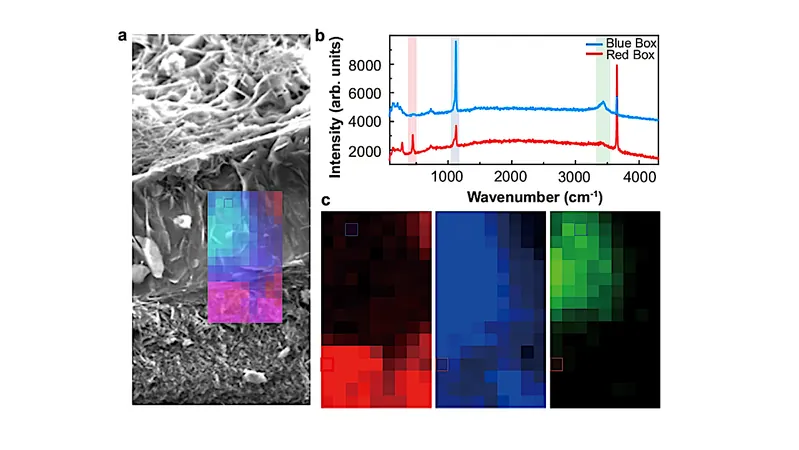
Groundbreaking Study Reveals Vital Insights into Space Radiation Risks for Future Astronauts!
2024-09-25
Introduction to Space Radiation Risks
In a monumental leap for space exploration, scientists are harnessing advanced mannequins and onboard sensors to tackle one of the most pressing dangers facing astronauts on long-duration missions: radiation exposure. With the help of female-replicating mannequins named Helga and Zohar, researchers are unlocking crucial data on how to enhance astronaut safety during missions beyond the protective embrace of Earth's magnetic field, such as the ambitious journey to Mars.
Recent Findings from NASA's Orion Spacecraft
Recent findings from NASA's Orion spacecraft, which completed the historic uncrewed Artemis I mission around the Moon and back in late 2022, have provided groundbreaking insights into radiation levels experienced during space travel. Using sophisticated instruments like NASA's HERA and European Space Agency's EAD sensors, scientists continuously measured radiation exposure over the course of the 25-day mission.
The Threat of Radiation in Space
Radiation remains a formidable foe for astronauts, especially during extended missions beyond low-Earth orbit. As NASA plans to return astronauts to the Moon and eventually establish a human presence on Mars, addressing the risks posed by galactic cosmic rays and solar particles is critical. These high-energy particles could lead to severe health issues, including radiation sickness, a heightened risk of cancer, and adverse effects on the central nervous system.
Role of Helga and Zohar in Research
Helga and Zohar, strategically positioned inside the Orion capsule, acted as vital stand-ins for astronauts. With integrated sensors designed to mimic the human body's response to radiation, the mannequins measured exposure to skin and internal organs. While Zohar was equipped with a specialized radiation protection vest, Helga remained unprotected, providing a comparative analysis of the effectiveness of radiation shielding technology.
Significance of Radiation Data
Physicist Stuart George of NASA's Johnson Space Center highlighted the significance of these “radiation phantoms,” indicating that the data collected offers invaluable insights into how radiation interacts with various organs, especially during treacherous phases like traversing the Van Allen radiation belts and venturing into interplanetary space.
Key Findings on Radiation Exposure
In these critical findings, it was revealed that the radiation exposure inside Orion was around 60% less than measurements taken from previous unmanned missions that lacked robust shielding. This reduction underscores the advancing technology aimed at protecting astronauts on future lunar and Martian missions. Notably, the spacecraft's design included a "storm shelter" area, which provided up to four times more shielding compared to less-protected sections.
Ongoing Research and Future Implications
The study’s lead author, Thomas Berger from the German Aerospace Center, emphasized the ongoing analysis of the collected data, particularly regarding the shielding efficiency of Zohar’s protective vest. "We’re committed to finalizing this comprehensive data set in the coming months," Berger stated, promising more insights into radiation protection that could pave the way for safer missions in the not-so-distant future.
Effect of Orion's Orientation on Radiation Levels
Significantly, the orientation of Orion during its flight influenced radiation exposure levels, dramatically dropping by 50% when the spacecraft executed a 90-degree turn past the inner Van Allen belt. This phenomenon is attributed to the directional nature of Van Allen belt radiation, which can be mitigated through strategic spacecraft positioning.
Conclusion and Looking Ahead
While this study has equipped researchers with critical data, it is just the tip of the iceberg. As we venture into the unknown realms of space, understanding and mitigating radiation risks will be indispensable for the safety and success of astronauts braving the journey to Mars and beyond. Scientists are enthusiastic about the potential for these insights to revolutionize future manned missions, marking a seismic shift in how we approach human spaceflight in the harsh environment beyond our planet.
Stay tuned as we continue to delve deeper into the challenges of space exploration and what it means for humanity’s future among the stars!



 Brasil (PT)
Brasil (PT)
 Canada (EN)
Canada (EN)
 Chile (ES)
Chile (ES)
 España (ES)
España (ES)
 France (FR)
France (FR)
 Hong Kong (EN)
Hong Kong (EN)
 Italia (IT)
Italia (IT)
 日本 (JA)
日本 (JA)
 Magyarország (HU)
Magyarország (HU)
 Norge (NO)
Norge (NO)
 Polska (PL)
Polska (PL)
 Schweiz (DE)
Schweiz (DE)
 Singapore (EN)
Singapore (EN)
 Sverige (SV)
Sverige (SV)
 Suomi (FI)
Suomi (FI)
 Türkiye (TR)
Türkiye (TR)